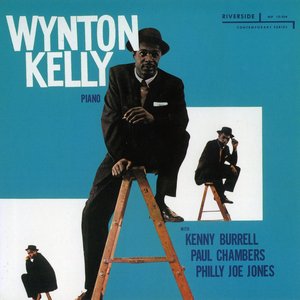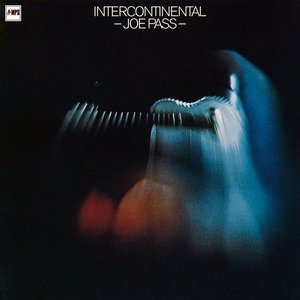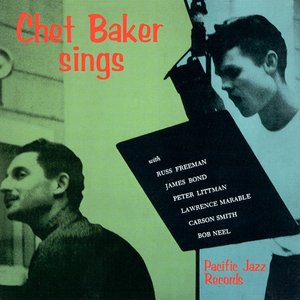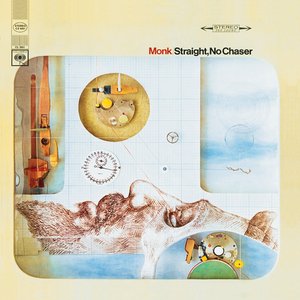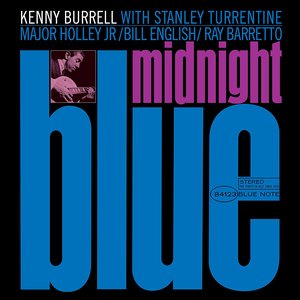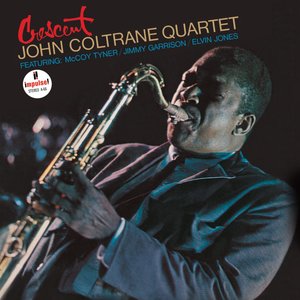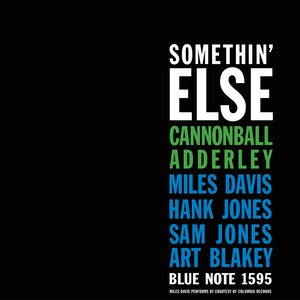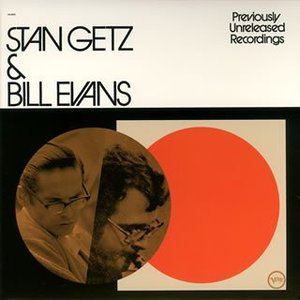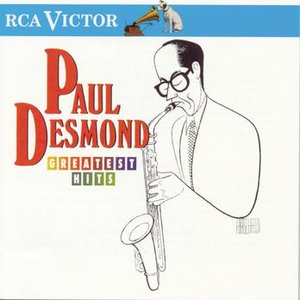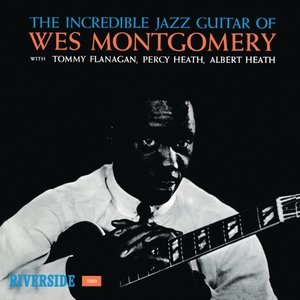Wiki
-
Release Date
1962
-
Length
6 tracks
1988 liner notes for first CD issue
Perhaps the most notable difference between the ways musicians and "fans" listen to jazz lies in the attention musicians pay to interaction. Jazzmen hear not only a soloist but an entire group playing together: the subtle difference between lackluster and brilliant performances. This is why musicians go into raptures over, say, the playing of bassist Sam Jones or pianist Hugh Lawson–raptures fans reserve for recognized "stars." Indeed, one frequently-discussed weakness of the current jazz scene is its relative lack of stable personnel, for normally even the most talented musicians need months or years to develop the degree of empathy achieved by some of Count Basie's bands, by the Modern Jazz Quartet, or by the Art Ensemble of Chicago.
Sometimes, however, two artists unite with such stunning results that though they may have rarely played together in public, one feels they must have been sharing the same bandstand for years. This was the case with Bill Evans and Jim Hall, although, having both taught at the Lenox, Massachusetts School Of Jazz in 1959, they were personally and musically acquainted. On their two duet albums–this one and Intermodulation, recorded by Verve in 1966–they display an exquisite alertness to each other's ideas. While it is Evans's bittersweet sensibility, finally, that dominates, the intuitive breathing-as-one is astounding. Undercurrent is one of those jazz records it's impossible to get tired of, for electrifying moments of mutual sensitivity and anticipation abound in every chorus.
Undercurrent catches Evans at what is usually considered the peak of his career, less than a year after the death of bassist Scott LaFaro. The Evans-LaFaro unit (which also included drummer Paul Motian) is now history, perhaps the most influential jazz piano trio ever. Prior to its formation, Evans had already developed into one of the more original pianists around, easily recognizable through his impressionistic harmonies, dense voicings, and long, carefully pondered melodic lines. In his work with Miles Davis (especially on the famous Kind Of Blue session), he had learned to respond to a soloist who left a lot of empty space for his pianists to fill and who taught Evans the use of silence as a structural and dramatic element. This last quality, absorbed by Evans, gave LaFaro an opening into a far more active role than bassists had generally played. Likewise, on Undercurrent, Evans and Hall constantly feed each other ideas, suggesting, responding to, and echoing each other's thoughts.
Hall also brought considerable experience in what was called "chamber jazz" to the Undercurrent session. After making his debut with the pianoless Chico Hamilton Quintet, he had gone on to play in Jimmy Giuffre's Trio, which included at various times trombonist-pianist Bob Brookmeyer and bassist Red Mitchell. Both groups–Giuffre's, I believe, more successfully–cultivated tightly-knit collective creation and eschewed conventional soloist-accompanist dichotomies. Hall was thus well equipped to make the most of his encounter with Evans in Massachusetts and their subsequent dialogues-on-disc.
Hall and Evans resembled each other in another sense too. Though each had his affinities and associations with "cool jazz," they shared a razor-sharp sense of time and both could play with fire and sinew when the occasion (or mood) demanded. Whitney Balliet described Hall as "a young, no-nonsense guitarist who has much of the spare deliberation of Charlie Christian." Evans, too, could play spare, no-nonsense lines in a surprisingly muscular style that brought him close to the tougher creations of his pianist-friend Sonny Clark. Nonetheless, both Hall and Evans were essentially lyrical musicians. Their frequent counterpoint between rhythmic precision and wistful melancholy is part of the textural richness we hear on Undercurrent.
…
At the time of its release, Undercurrent won a place almost immediately as an instant classic. The album's contrast of moods and textures, its impromptu feel and carefully-wrought dynamics, its interplay between tension-building vamplike patterns and sudden releases into free-flowing, rhythmically looser passages, and the drama of its calls-and-responses all helped make it a masterpiece. Blue Note is to be thanked for making this beautiful music available once again. Ironically, its release follows Michel Petrucciani's and Jim Hall's duets on 1986's Power Of Three, Undercurrent is a tribute to elegance and sensitivity, to jazz's subtler values, and to the genius of great musicians deeply attuned to each other.
– David Rosenthal
Album descriptions on Last.fm are editable by everyone. Feel free to contribute!
All user-contributed text on this page is available under the Creative Commons Attribution-ShareAlike License; additional terms may apply.

